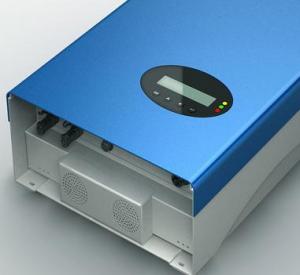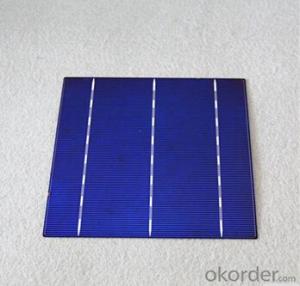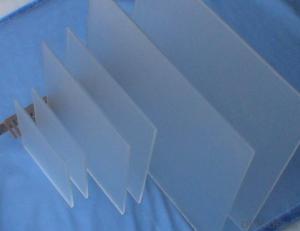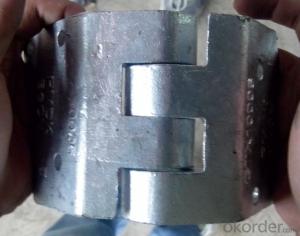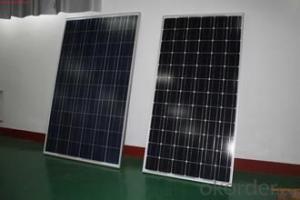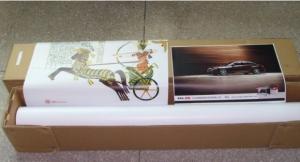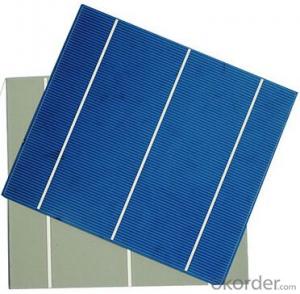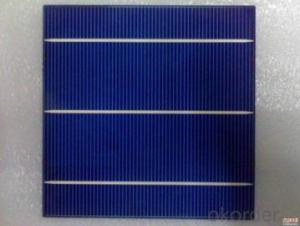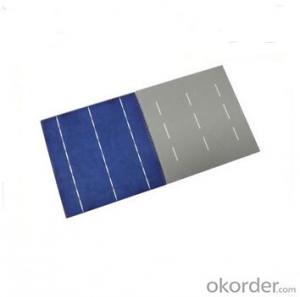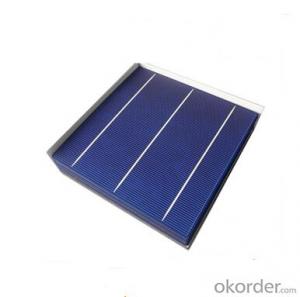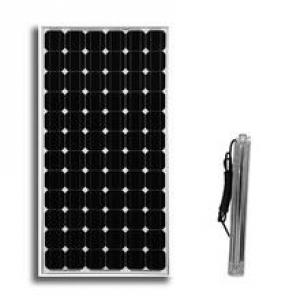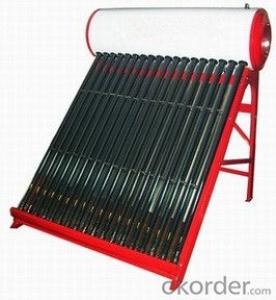Printed Solar Cells Technology
Printed Solar Cells Technology Related Searches
Printed Solar Cells Printable Solar Cells Printed Organic Solar Cells Screen Printed Solar Cells Screen Printing Solar Cells Printed Solar Cells Efficiency Organic Printed Solar Cells Printable Organic Solar Cells 3d Printed Solar Cells Printed Solar Cells For Sale Printing Solar Cells At Home Csiro Printed Solar Cells Production Of Solar Cells Plant Based Solar Cells Creating Solar Cells Pre Tabbed Solar Cells Chipped Solar Cells Building Solar Cells Polymer Based Solar Cells High Performance Solar Cells High Temperature Solar Cells Photovoltaic Solar Cells Solar Cell Power Generation Solar Cell Module 1st Generation Solar Cells Pretabbed Solar Cells Fiber Based Solar Cells Folding Solar Cells Foldable Solar Cells Polymer Solar CellsPrinted Solar Cells Technology Supplier & Manufacturer from China
Printed Solar Cells Technology is an innovative approach to solar energy generation, utilizing advanced printing techniques to create thin, flexible, and efficient solar panels. These cells are made by depositing layers of photovoltaic materials onto a substrate, which can then be applied to various surfaces, making them highly versatile for a range of applications. The technology offers numerous benefits, such as reduced production costs, lightweight design, and the ability to integrate solar power into everyday objects and structures.Printed Solar Cells Technology finds its application in various usage scenarios, from residential rooftops to portable electronic devices, and even in large-scale commercial and industrial settings. The flexibility of these solar cells allows them to be easily incorporated into the design of buildings, vehicles, and consumer products, enabling a seamless integration of renewable energy into everyday life. This technology also has the potential to revolutionize off-grid power solutions, providing a sustainable and reliable source of energy for remote areas and emergency situations.
As a leading wholesale supplier, Okorder.com boasts a vast inventory of Printed Solar Cells Technology products, catering to the diverse needs of customers worldwide. With a commitment to quality and customer satisfaction, Okorder.com ensures that these cutting-edge solar cells are readily available for businesses and individuals looking to harness the power of the sun in an efficient and cost-effective manner.
Hot Products
